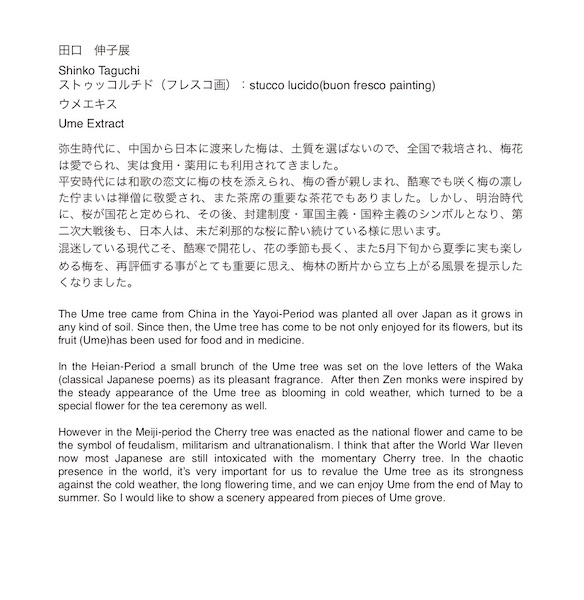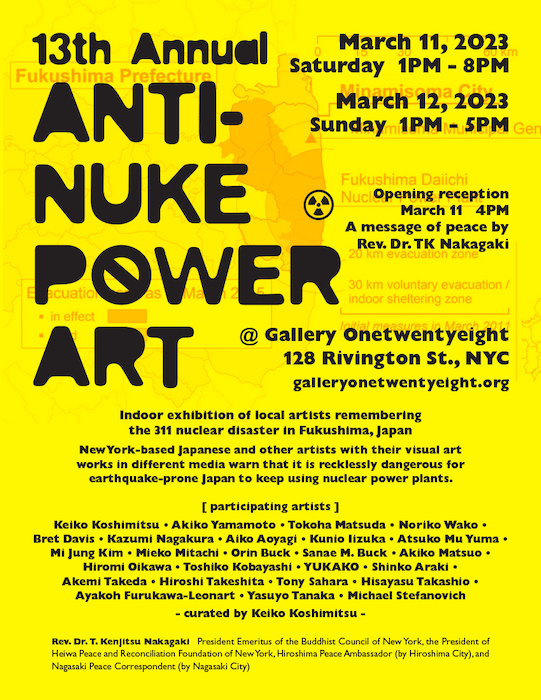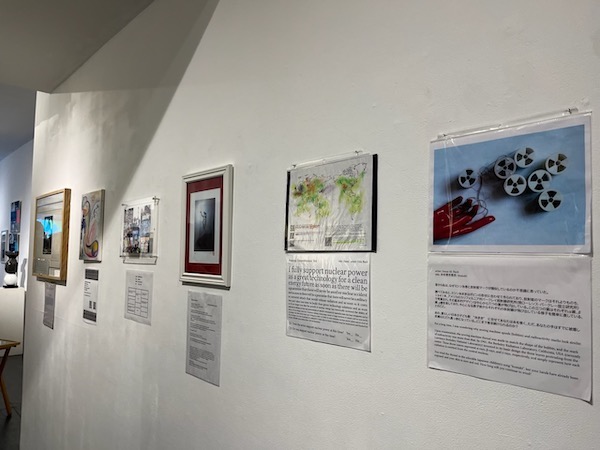昨日はちょっとしんみりして、ちょっとだけお友達と話して、アタシらの結婚記念日を一人、淡々と祝った。アタシらは世間のお祝いごとに無頓着でもあったから、気が向いた日を”お誕生日”にして祝ってみたり、そんなふうだったので思い返しても薄い記憶しかない。ハイライトっていうのが無いのよ(?!)ただニューバーグでは、オリンの闘病と共にやってきた日々の記憶が詰まっているし、ワインを買ったりお祝いしたことも覚えている。
なんと!!2016年は、仲良くお付き合いのあった画廊のオーナーの提案で、数日とはいえオリンは小品展を開催したのだった。しかも、そのオープニングは10月4日!1日遅れの結婚記念日の最良の贈り物じゃなかったかしら。ありがとう、ありがとう。アタシもオリンも本当に人々には恵まれているのね。再び感謝。
101枚の絵画展 <—ここをクリック
Yesterday I was a little somber, talked a little with some friends, and celebrated my wedding anniversary by myself. We were also indifferent to the celebrations of the world, so we decided to celebrate by making any day we felt like a “birthday or something else”, so even when I look back on it, I only have a vague memory of it. There are no highlights (?!) that I have. However, the years of Newburgh is filled with memories that came with Orin’s battle with his illness, and I also remember buying wine and celebrating together.
Oh my God! In 2016, at the suggestion of the owner of a 128 gallery with whom we have a good relationship, even if it was just a few days, Orin held an exhibition of small art pieces. Moreover, the opening was October 4th! Now I think that it was the best gift for our one-day late wedding anniversary. Thank you thank you. Both I and Orin are truly blessed by people. Thanks again.
101 paintings <—- click
































